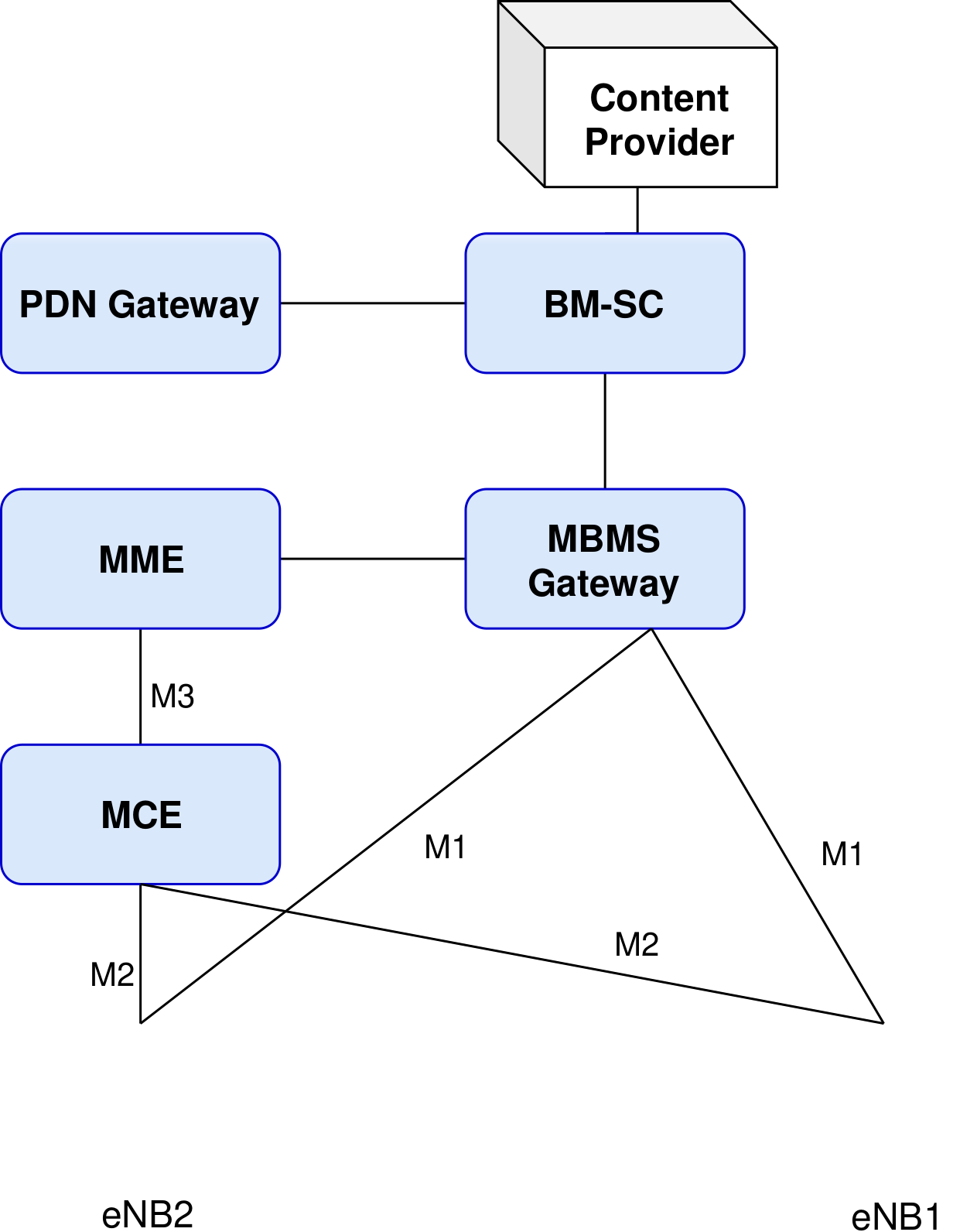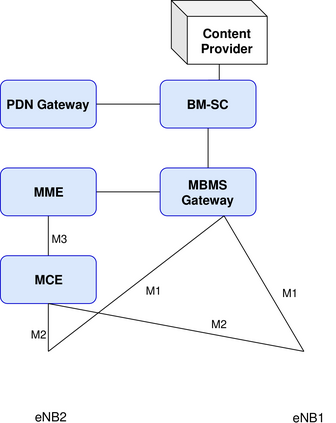Multi-connectivity has emerged as a key enabler for providing seamless connectivity in cellular mobile networks. However, its potential for improving the quality of multicast transmissions has remained unexplored. In this paper, we investigate the use of multi-connectivity in wireless multicast streaming. Multi-connectivity can significantly improve the performance of multicast services. It especially benefits the cell edge users who often suffer from poor channel conditions. In this work, we assess the impact of multi-connectivity on the performance of multicast streaming. We propose procedures for establishing multi-connectivity in a multicast system and address the associated resource allocation problem. We prove that the optimal resource allocation problem is NP-hard. We propose a greedy approximation algorithm for this problem and prove that no other polynomial-time algorithm can provide a better approximation. Since video streaming is the primary use case under consideration here, we use traces from actual videos to generate realistic video traffic patterns in our simulations. Our simulation results clearly establish that multi-connectivity results in considerable performance improvement in multicast streaming.
翻译:多连接性已成为在蜂窝移动网络中提供无缝连接的关键促进因素。然而,它对于提高多播传输质量的潜力仍未得到探索。在本文中,我们调查了在无线多播流中使用多连通性的情况。多连接性可以大大改善多播服务的性能。多连接性特别有利于经常遭受频道条件差之苦的细胞边缘用户。在这项工作中,我们评估多播流性能的多连通性影响。我们提出了在多播种系统中建立多连通性并解决相关资源分配问题的程序。我们证明,最佳资源分配问题是硬化的。我们建议了这一问题的贪婪近似算法,并证明其他多播种时间算法都无法提供更好的近似性。由于视频流是这里考虑的主要使用案例,我们使用实际视频的痕迹来产生现实的视频流量模式。我们的模拟结果清楚地表明,多播种流流的多连通性可以带来显著的性能改进。





